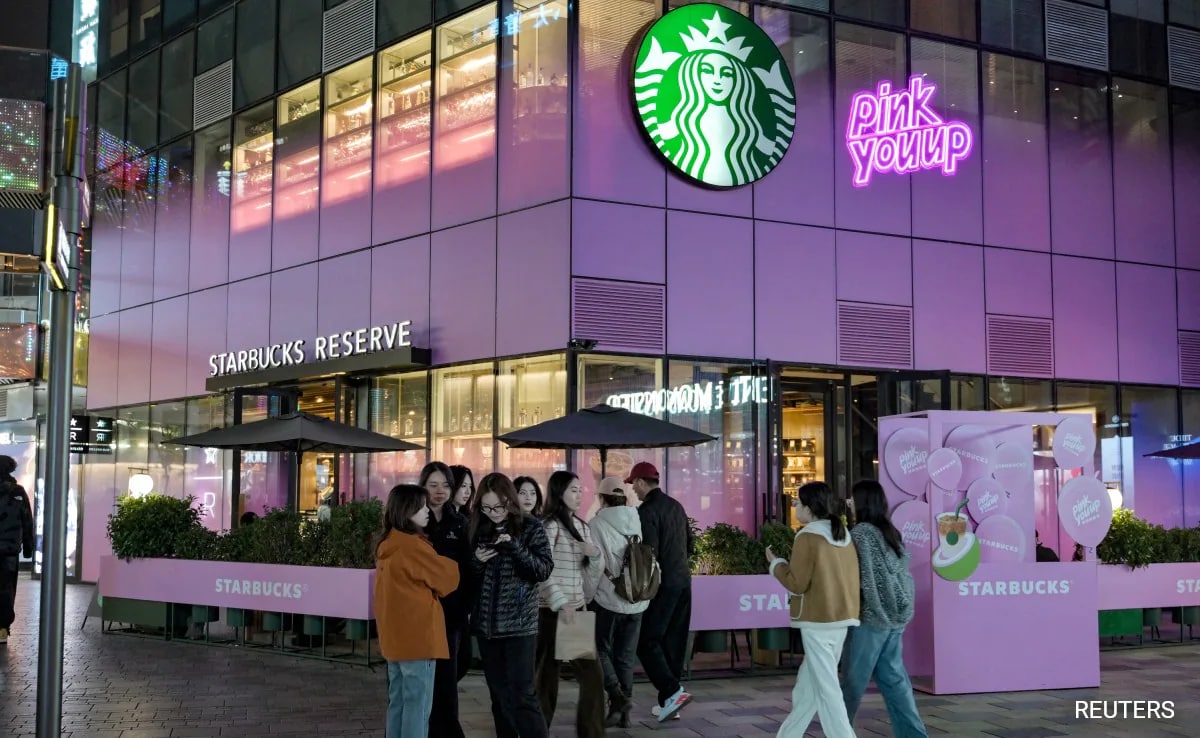
by Hansraj Agrawal | Nov 4, 2025 | top-stories
Access Denied
You don’t have permission to access “http://www.ndtv.com/world-news/starbucks-sells-60-stake-in-china-business-in-4-billion-deal-9570303” on this server.
Reference #18.c7f5d217.1762222062.472e455a
https://errors.edgesuite.net/18.c7f5d217.1762222062.472e455a
Source link

by Hansraj Agrawal | Aug 28, 2025 | top-stories
Access Denied
You don’t have permission to access “http://www.ndtv.com/india-news/mohan-bhagwat-press-conference-on-100-years-of-rss-highlights-9175033” on this server.
Reference #18.4cfdd417.1756388430.430d4f1
https://errors.edgesuite.net/18.4cfdd417.1756388430.430d4f1
Source link

by Hansraj Agrawal | Aug 27, 2025 | top-stories
Access Denied
You don’t have permission to access “http://www.ndtv.com/world-news/minneapolis-shooting-probed-as-terrorism-hate-crime-targeting-catholics-fbi-9171222” on this server.
Reference #18.4cfdd417.1756328394.2c6ed22
https://errors.edgesuite.net/18.4cfdd417.1756328394.2c6ed22
Source link

by Hansraj Agrawal | Aug 27, 2025 | top-stories
Access Denied
You don’t have permission to access “http://www.ndtv.com/world-news/pm-narendra-modi-avoided-4-calls-from-donald-trump-amid-tariff-tension-report-9165967” on this server.
Reference #18.4cfdd417.1756268364.148ee9a
https://errors.edgesuite.net/18.4cfdd417.1756268364.148ee9a
Source link

by Hansraj Agrawal | Aug 26, 2025 | top-stories
Access Denied
You don’t have permission to access “http://www.ndtv.com/opinion/irony-19-dowry-deaths-a-day-yet-mens-rights-groups-want-law-scrapped-9161884” on this server.
Reference #18.27fdd417.1756208306.2ae1b4c
https://errors.edgesuite.net/18.27fdd417.1756208306.2ae1b4c
Source link

by Hansraj Agrawal | Aug 25, 2025 | top-stories
Access Denied
You don’t have permission to access “http://www.ndtv.com/india-news/himachal-up-bihar-northeast-down-how-rain-went-off-track-this-monsoon-9158663” on this server.
Reference #18.27fdd417.1756148264.1406cb4
https://errors.edgesuite.net/18.27fdd417.1756148264.1406cb4
Source link





